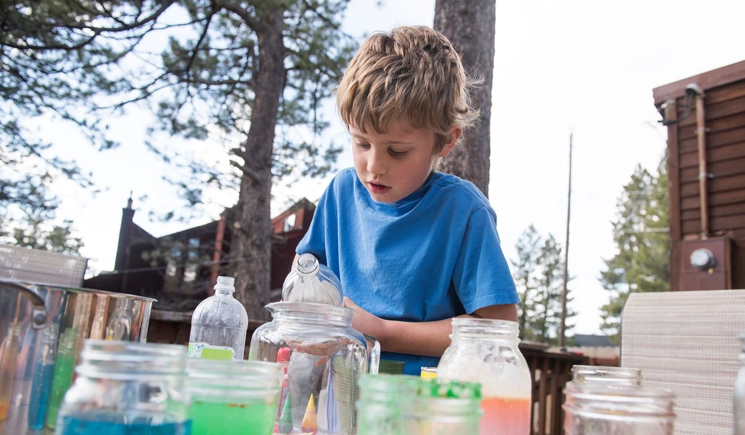Using Human-Centered Strategies to Adapt Science Lessons for Remote Learning

Using Human-Centered Strategies to Adapt Science Lessons for Remote Learning
Kids learn by doing. So what does that mean for science instruction in the age of Covid-19, when many schools are closed and children are learning from home? It’s embracing the uncertainties, shifting mindsets and expectations, and finding a new learning landscape.
The shift to at-home learning should not mean skipping core content. While disruptive, the pandemic offers an unexpected opportunity to rethink, redefine, and reimagine what STEM teaching and learning can look like for students. It involves teaching science in a way that engages and stimulates students without overwhelming them or their families. This calls for taking a human-centered approach—placing people at the center of the process and relinquishing past formulas for new, bold solutions. We will set new expectations for our students, their families, and ourselves to center on the joy and wonder of learning.
5 KEYS TO BUILDING CONNECTIONS AND ENGAGING STUDENTS IN SCIENCE DURING DISTANCE LEARNING
We distilled these learning strategies from extensive listening sessions and surveys with teachers, administrators, parents, and students.
1. Keep it simple: Distance learning will often rely on parents and caregivers to lead children through activities, so keep the instructions and goals simple. Focus activities and prompts on noticing and wondering—more than on making sure everything is completed correctly.
The Institute for School Partnership at Washington University in St. Louis launched learn-at-home science lessons for students ages 4 to 14. Resources like Everyday mySci and STEM Challenges give curious kids opportunities to explore, problem-solve, design, and create. Additionally, one of our partners, MilliporeSigma, a global life sciences company, created free and interactive science experiments to spark curiosity through its Curiosity Labs at Home platform, which requires only some basic household items.
Read the full article on edutopia.

